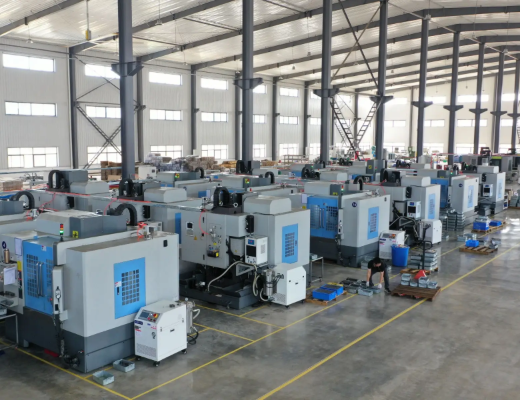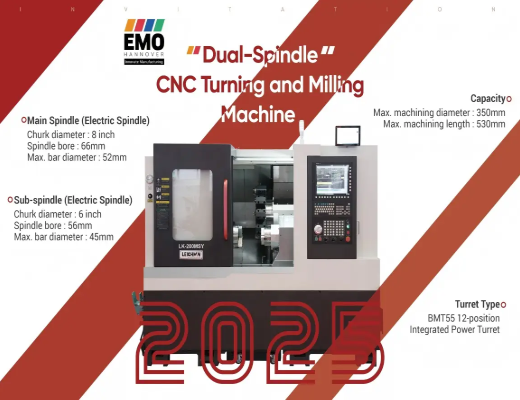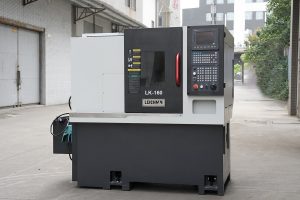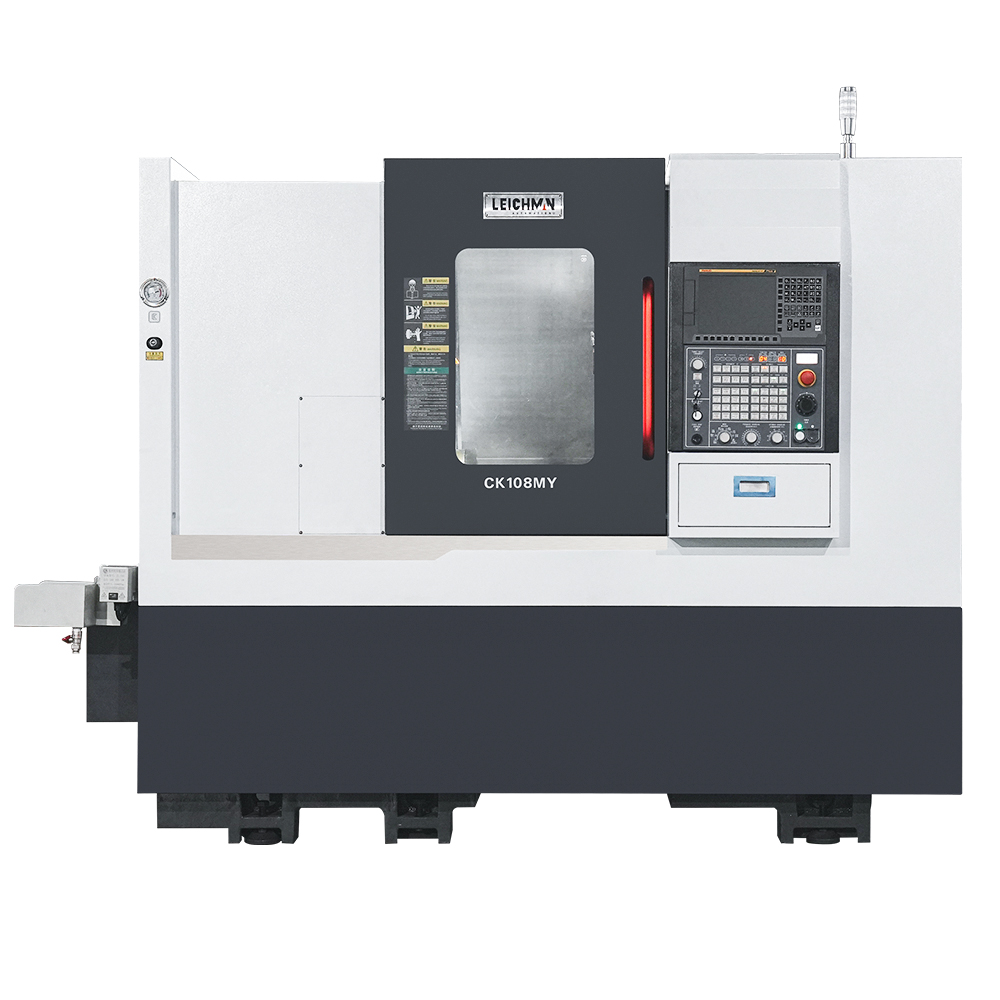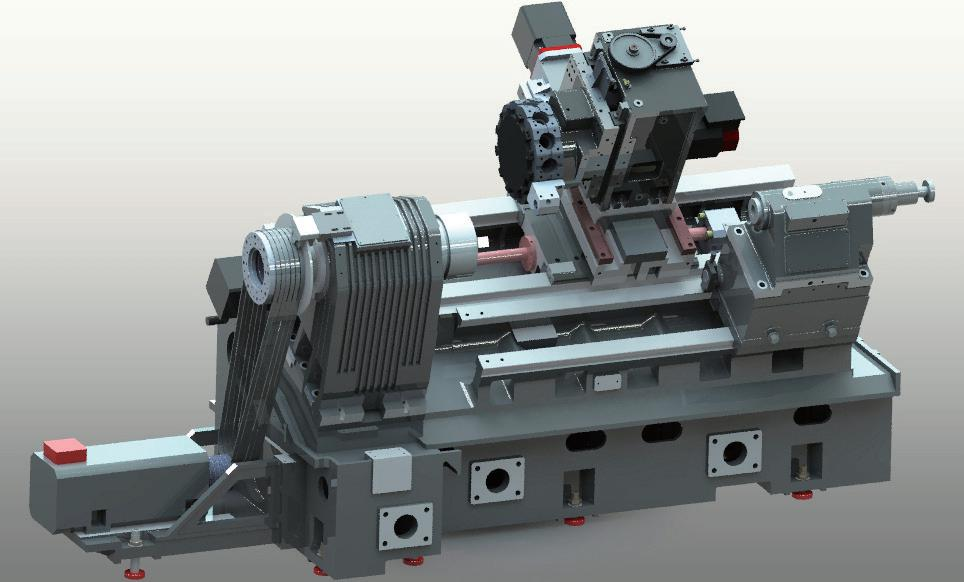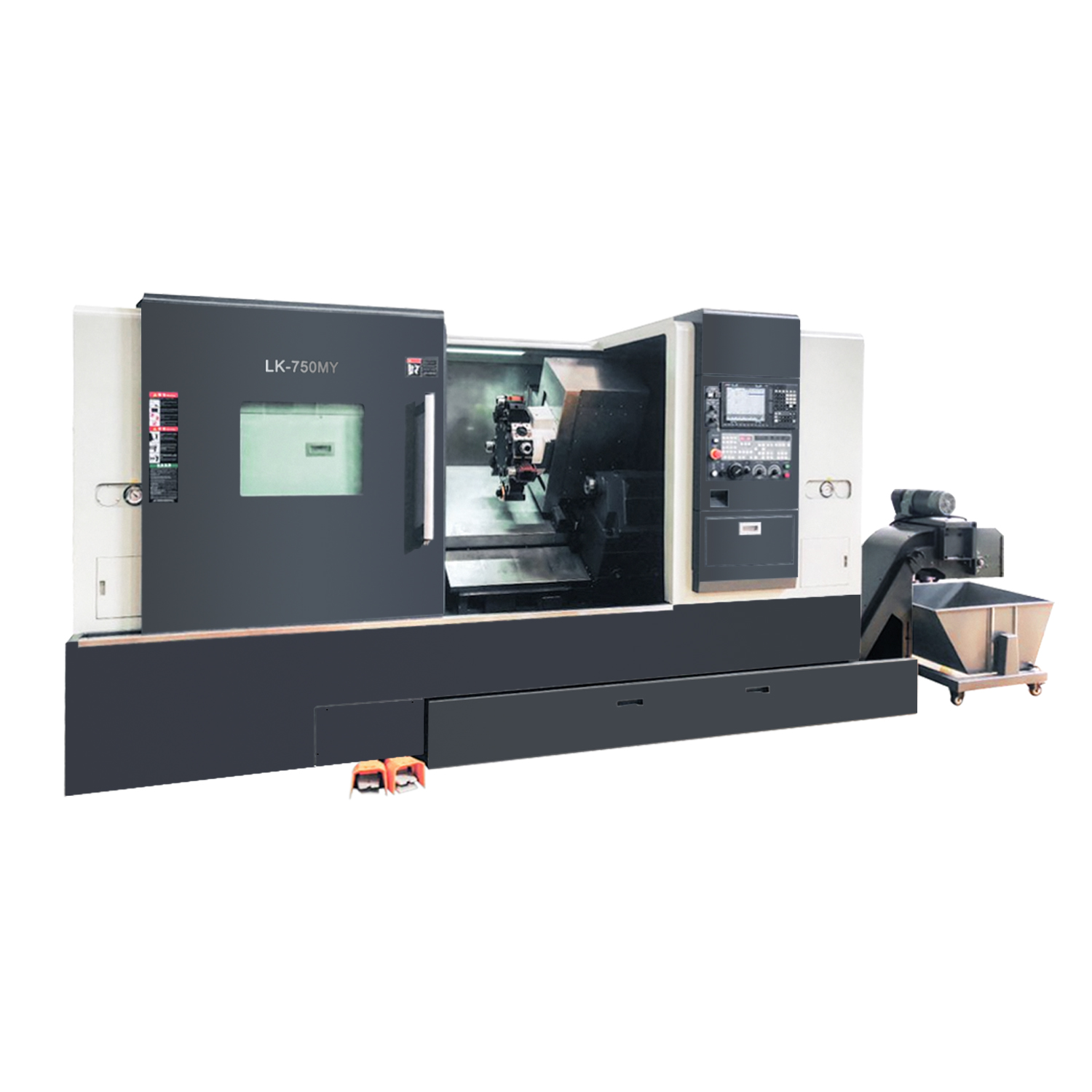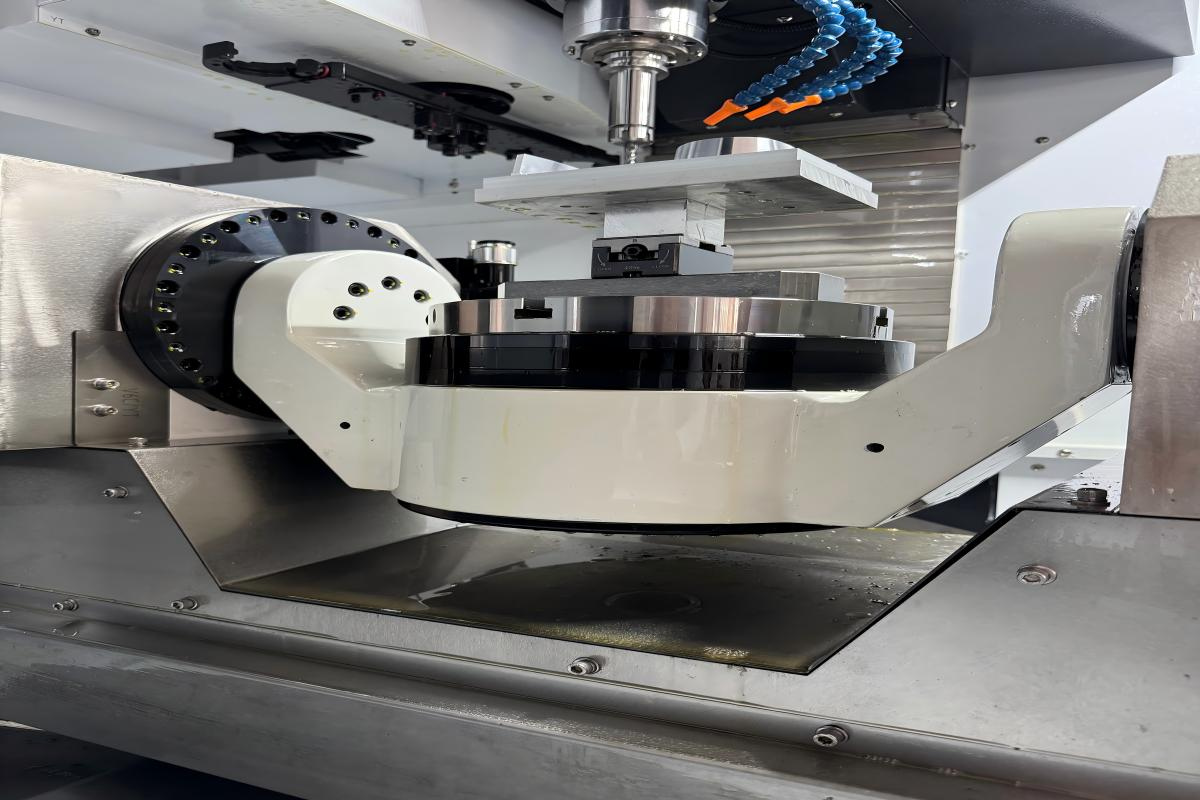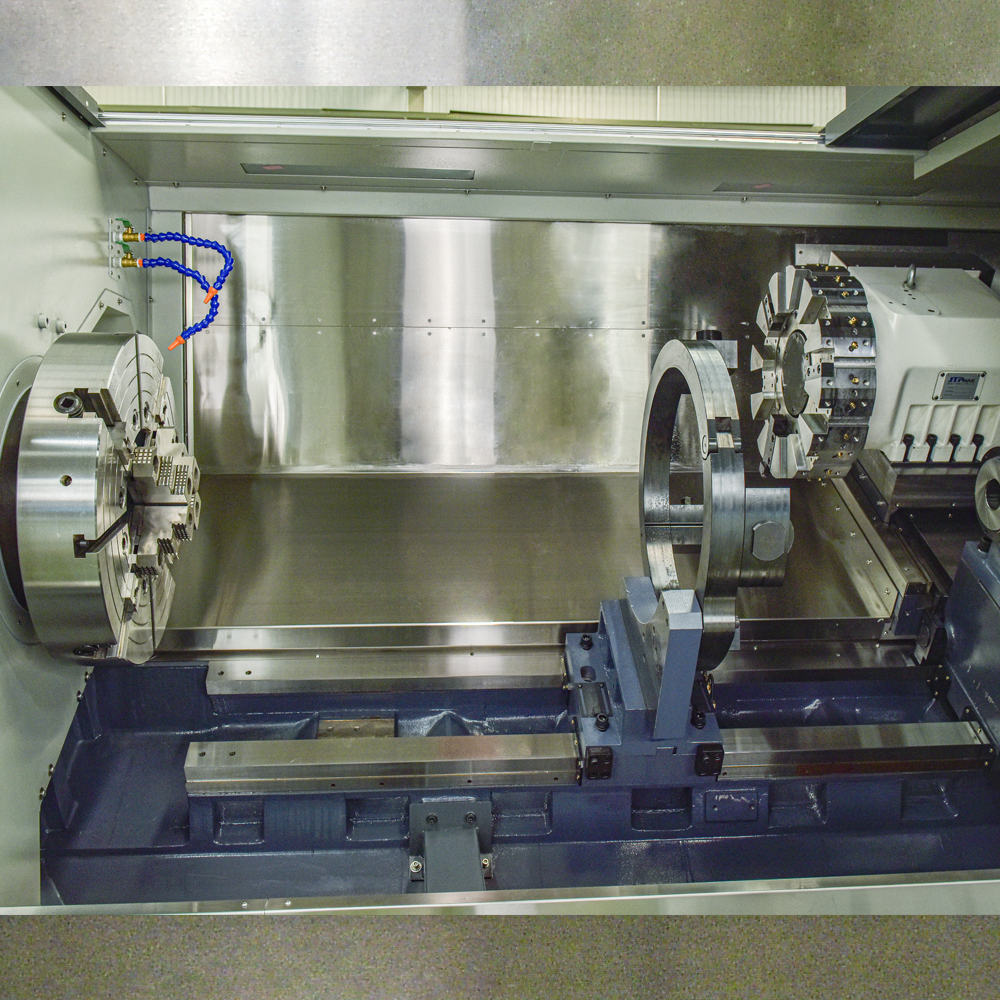Traditional turret lathes face flexibility and precision challenges in modern manufacturing. They struggle with complex geometries and varied small-batch production, leading to inefficiencies. Leichman’s advanced CNC technology effectively addresses these issues.
ANYTOWN, USA – June 15, 2025
For decades, the turret lathe has been a workhorse in manufacturing, renowned for its ability to quickly produce multiple identical parts. Its automated tool indexing offered a significant leap over manual lathes, streamlining production for high-volume jobs. However, as manufacturing demands evolve towards greater complexity, smaller batches, and higher precision, the inherent design of traditional turret lathes presents notable disadvantages that modern businesses must consider.
At Leichman, while we appreciate the foundational role of these machines, we also recognize their limitations in today’s dynamic landscape. Understanding these drawbacks is crucial for manufacturers looking to optimize their processes and invest in the right technology.
- Limited Flexibility for Complex Geometries
One of the primary disadvantages of a conventional turret lathe, especially those without live tooling or a Y-axis, is its limited flexibility for complex parts. These machines are primarily designed for cylindrical turning, boring, drilling, and threading operations. If a part requires off-center drilling, milling flats, or cutting keyways, it often necessitates a second setup on a separate milling machine.
Real-world Example: A small job shop, “Precision Components Inc.,” found itself frequently turning away new business in the aerospace sector. Their older static-tool turret lathes couldn’t handle parts requiring complex features like angled holes or milled slots on the same part without moving it to a separate machining center. This dual-machine process not only doubled setup times but also introduced potential for alignment errors, making them uncompetitive for these specialized jobs.
- Time-Consuming Setups for Varied Batches
While turret lathes excel in long production runs due to their rapid automated tool changes, they can become inefficient for varied or smaller batch sizes. Each time a new part family is introduced or a significant design change occurs, the turret often requires a manual change-out of tools, re-alignment, and programming adjustments. This can erase any time savings made during machining.
Real-world Example: “Prototyping Solutions LLC,” a company specializing in quick-turn prototypes and low-volume production, frequently struggled with long lead times. Their traditional turret lathes, while robust, required extensive manual intervention for each new design. An engineer noted, “We’d spend half a day just setting up the machine for a run of 20 parts. It made us less agile and directly impacted our ability to meet tight client deadlines.”
- Potential for Reduced Accuracy with Multiple Setups
For parts requiring operations on multiple faces or features that cannot be completed in a single clamping with a static turret, re-fixturing is necessary. Every time a part is removed from the lathe and re-clamped, there’s an inherent risk of introducing slight positional inaccuracies. This cumulative error can compromise the overall precision of the finished component, particularly for parts with tight tolerances.
Real-world Example: A medical device manufacturer discovered inconsistent dimensional accuracy in a critical orthopedic implant component. Analysis revealed that the issue stemmed from cumulative errors introduced during multiple re-fixturing operations on their older turret lathes, as they attempted to machine features that extended beyond the machine’s single-setup capability. This led to higher scrap rates and increased quality control costs.
- Not Optimized for Highly Diverse Materials or Very Large/Small Parts
Traditional turret lathes typically have a more limited range of spindle speeds and power compared to more advanced CNC turning centers, making them less adaptable for optimizing machining parameters across a highly diverse range of materials, from superalloys to plastics. Additionally, their design might not be ideal for exceptionally large or extremely miniature components, where specialized machines often offer better performance and access.
Leichman’s Approach: Overcoming Limitations with Advanced CNC Technology
At Leichman, we’ve developed our modern CNC turning centers and multi-axis machines specifically to overcome the limitations of traditional turret lathes. Our Leichman CNC lathes integrate features like live tooling, Y-axis capabilities, and even sub-spindles, allowing for:
Complete Machining in One Setup: Eliminating the need for secondary operations on separate machines.
Rapid Changeovers: Advanced programming and quick-change tooling systems minimize downtime for new jobs.
Superior Accuracy: Minimizing re-fixturing drastically reduces cumulative errors, ensuring consistent, high-precision results.
Versatility: Handling a broader range of materials and complex geometries with ease.
While traditional turret lathes still have a place for specific high-volume, low-complexity applications, for manufacturers seeking to enhance their capabilities, improve efficiency across varied production needs, and achieve higher precision for intricate parts, investing in advanced CNC turning technology is a clear path forward.
Explore how Leichman’s innovative solutions can transform your manufacturing operations and overcome the limitations of yesterday’s technology. Visit https://www.leichman.cc/com to learn more.
